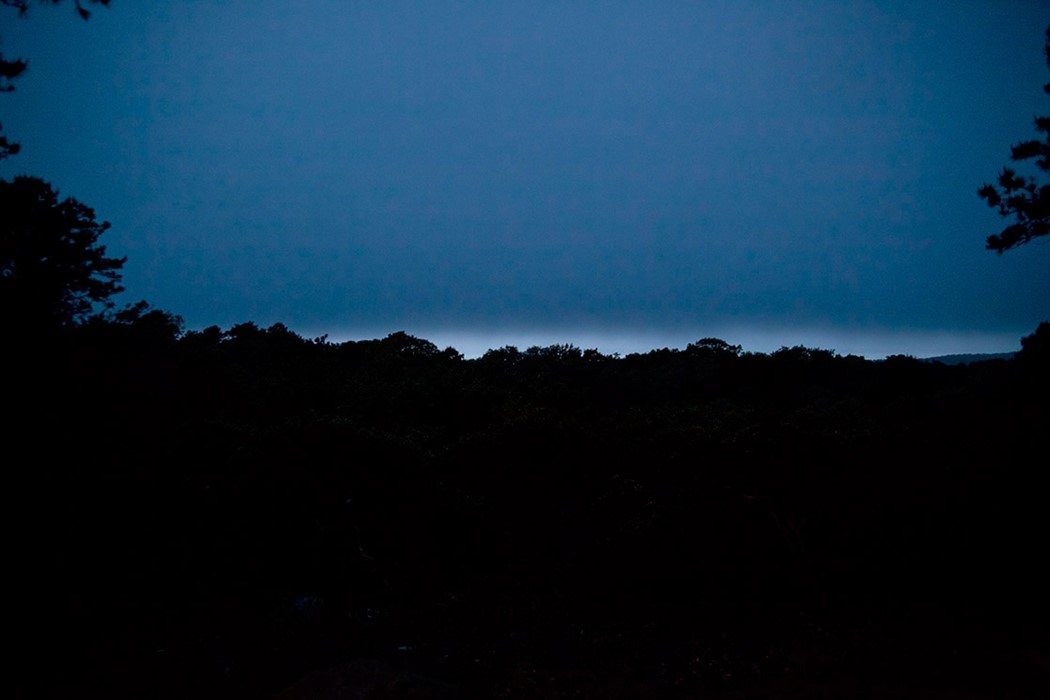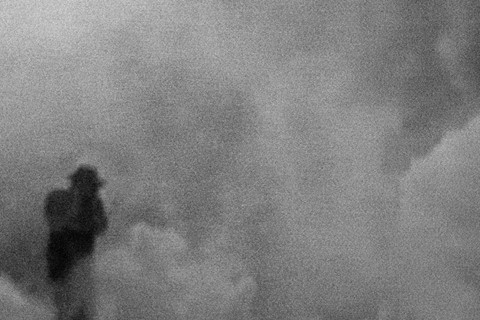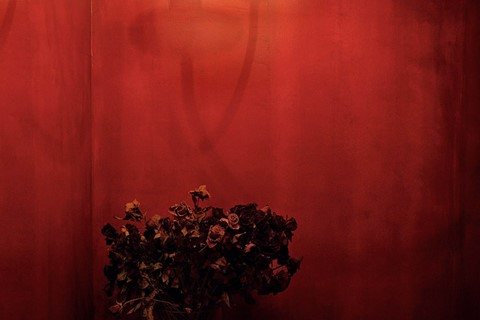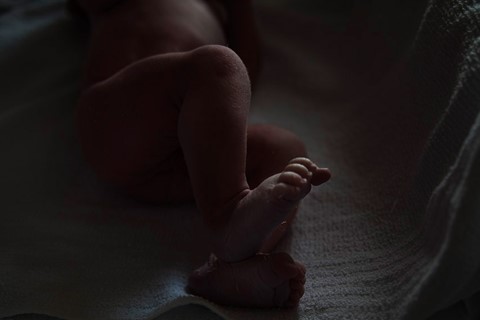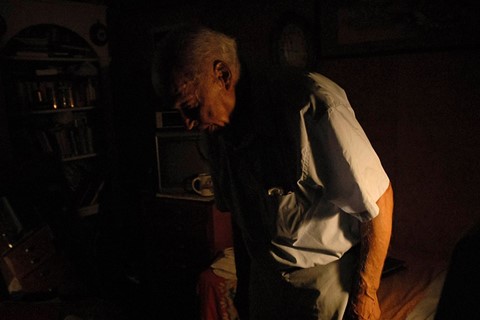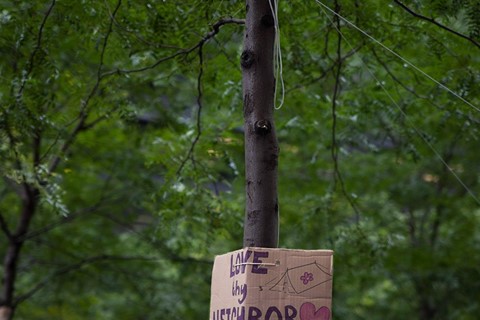In 2010, photographer Amani Willetts became a father, and with this seminal life change, his work changed. Looking to focus his photographs, steady the foundations that had been rocked by this new role...
“Photography fascinates us because, as Susan Sontag described it, it so convincingly stencils off the real to trace the details of the world in ways we’re ill-equipped to do on our own.” — Marvin Heifermann
In 2010, photographer Amani Willett became a father, and with this seminal life change, his work took a new direction. Looking to focus his photographs, steady the foundations that had been rocked by his new role, he began to record the minutiae of his daily routine and world, and out of this process came the works that became Disquiet. These photographs whisper where others yell; ponder where others polemicise. They creep up on you when you have moved on to look at other things; their subjects – a discarded napkin, a sleeping baby, an expectant horizon – morphing into new shapes and significance as the whole collection takes shape. Willett muses at once on the personal and the grandiose, juxtaposing the quiet, private moments of his young family, with portrayals of the wider state of humanity, broiling in the mess of financial collapse and international politics. It is a masterful work of the mundane and the profound, pulsing with anger and fear, love and tenderness, an artist shocked into a new view of life, forever altered by the simple act of becoming a father. To delve further into the process of creating this work, and the motivations that informed it, we speak to Willetts about his growing sense of disquiet.
What does photography mean to you?
It’s the language through which I’m most effectively able to communicate my ideas. It’s also what enables me to explore the world with an open mind - to wander around with the curiosity of a child. It allows me to look more closely at people, places and ideas which I think I already know and gives me the desire to learn more about things I know little or nothing about.
"Photography enables me to explore the world with an open mind - to wander around with the curiosity of a child.
When did the idea of turning these photos into a series come to you? Was it always in the back of your mind that they would work as a linked study?
Disquiet started out as a feeling. It took quite some time to figure out how to take that feeling and transform it into something that satisfactorily represented the multi-layered idea that was in my head.
In the summer of 2010 I became a father. As a result, I was making lots of pictures about my family and the way this new experience shifted my perspective on life. I knew these images were an important aspect of what I was interested in focusing on, but not the whole picture. I found myself having an internal dialogue where my personal experiences of family were weaving, merging and converging with my thoughts about the world I was bringing my son into – the economic trouble, political dysfunction, war and climate disasters. Ultimately, “Disquiet” became about capturing all of these experiences and feelings and condensing them into a unified statement.
I didn’t conceive of the project as a book from the beginning. At first I was experimenting with the idea of creating small groups of images that operated as sentences or even short stories. The book form emphasized the cinematic and narrative characteristics of my pictures and I was able to create a structure in which the complex threads of the subject matter I was interested in could be woven together
The book is chaptered almost by recurrent images of the Wall Street Protests – what do they represent to you, and why do they recur through the book and your family's story?
They represent the anger that was building in America during that time-period and speak to the feeling shared by many citizens of an American society in transition, decline, and disarray. When laying out the book, I was thinking about cinema and how in a movie the story cuts – sometimes very abruptly – from scene to scene. I was interested in the idea of two stories happening at the same time – the main story of my family life, but also the story of what was happening in America concurrently. I wanted to create a structure where the two narratives were distinct but intrinsically connected.
"My personal experiences of family were weaving, merging and converging with my thoughts about the world I was bringing my son into – the economic trouble, political dysfunction, war and climate disasters."
It seems that the book was inspired by the impending arrival of your son - did you see it as a testament to your family's life as he was born and grew, a way of recording both his early months/years and recording the feeling that surrounded the time?
It was the experience of having a child that shifted my perspective. It wasn’t until he arrived that I realized this was a project I wanted to pursue.
Which image best represents the notion of Disquiet to you?
I’m not sure there is one. One of the things I like best about the book – and Marvin Heiferman talks very eloquently about this in the accompanying essay – is that it’s the sequencing, juxtapositions and scale, which added together, create the overall feeling of disquiet. He points out that while every image in the book is riddled with anxiety in one way or another, the power of the project is in its cumulative effect.
Disquiet by Amani Willett is out now, published by Damiani.
